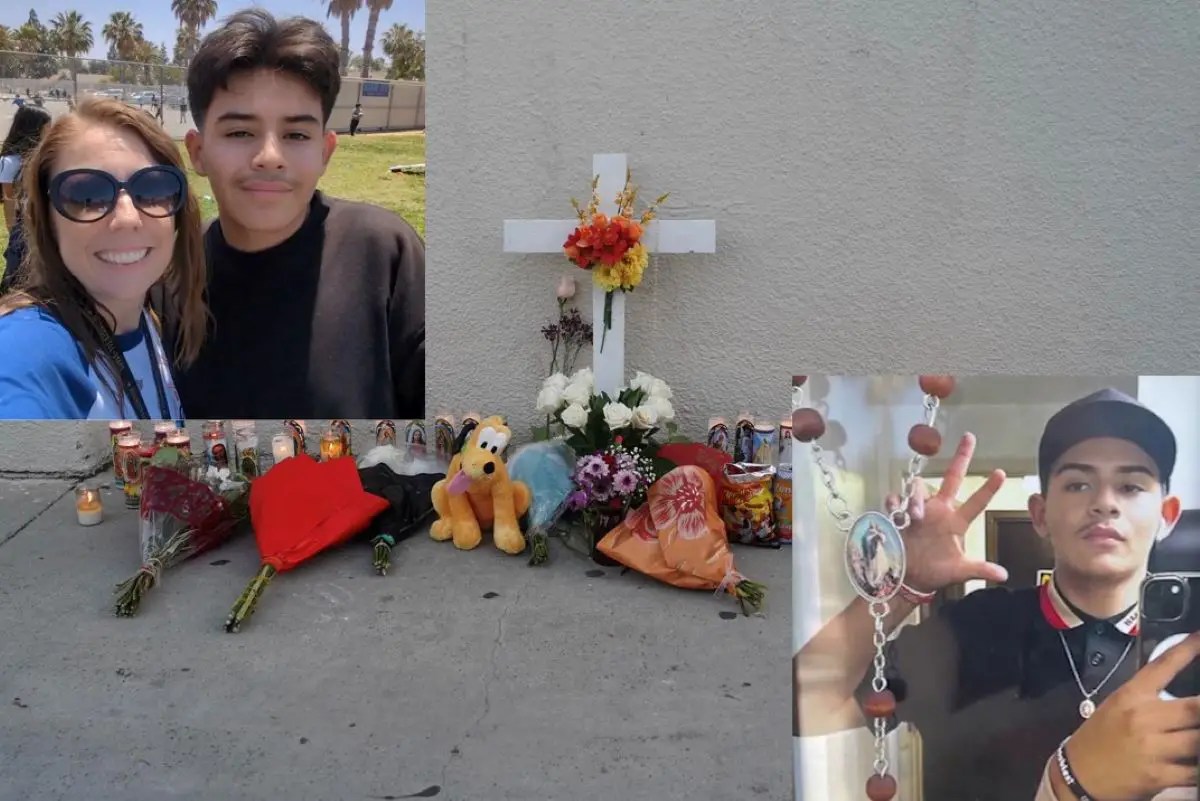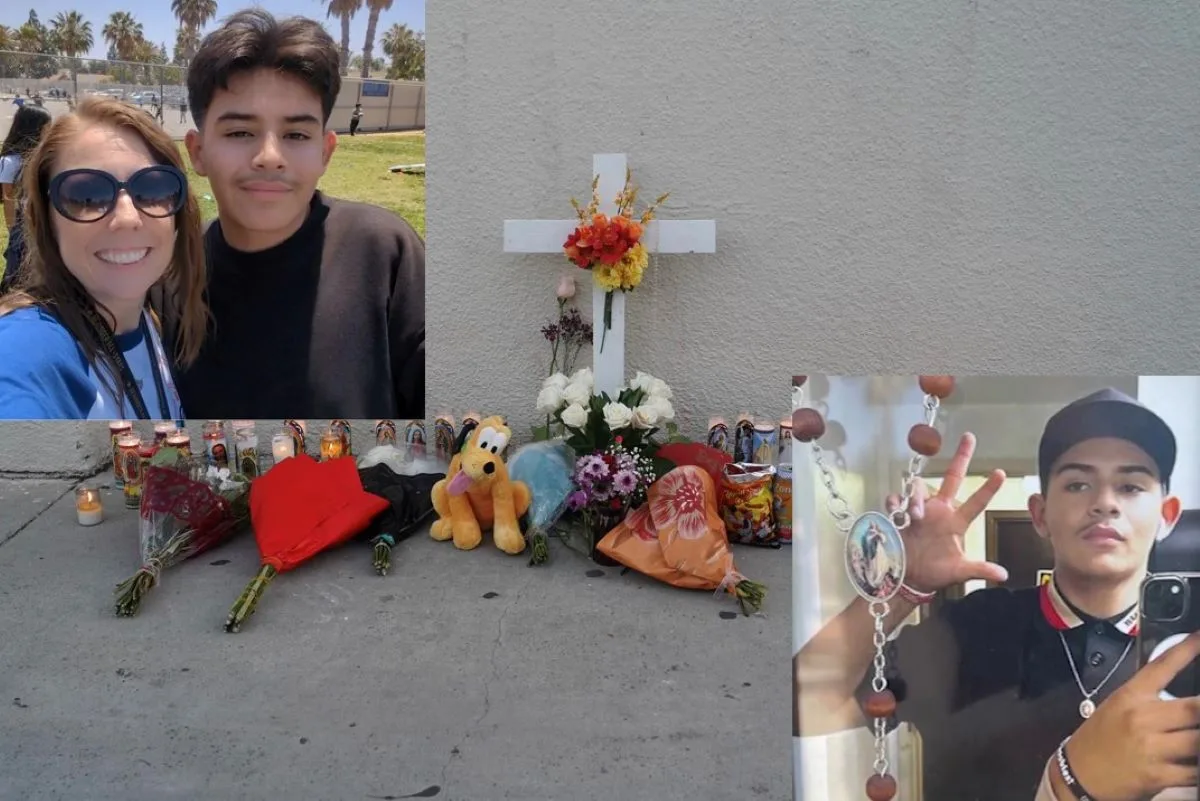
This post was originally published on this site
SANTA ANA, Calif. – A teenager has been charged with murder for stabbing his 14-year-old Santa Ana High School classmate, Armando Morales, to death just after school ended Wednesday afternoon. The teenager has also been charged with two counts of assault with a deadly weapon for stabbing two other classmates.
Per Welfare and Institutions Code Sections 827 and 828, the District Attorney’s Office is prohibited from disclosing the name of juveniles involved in criminal investigations or discussing juvenile investigations with the exception of offenses which are deemed to be public offenses under California law. Murder and assault with a deadly weapon have been deemed public offenses under California law.
Officers were called to Santa Ana High School shortly after 3 p.m. after several teenagers were involved in an altercation in a parking lot shared with Martin R. Heninger Elementary School.
Three teenagers were stabbed, including a 14-year-old boy who died after being stabbed in the heart. The other two victims are expected to survive.
No other details regarding the investigation will be released at this time per Welfare and Institutions Code Sections 827 and 828.
In California, the penalties for a minor charged with murder can be severe, but they differ from those faced by adults. Here are some key points:
- Juvenile Court: Typically, minors are tried in juvenile court, where the focus is more on rehabilitation than punishment. However, for serious crimes like murder, a minor can be tried as an adult.
- Tried as an Adult: If a 14-year-old is tried as an adult for murder, they could face the same penalties as an adult, which include:
- First-degree murder: 25 years to life in state prison.
- Second-degree murder: 15 years to life in state prison.
- Juvenile Court Penalties: If tried in juvenile court, the penalties can include:
- Detention in a juvenile facility until the age of 25.
- Probation with various conditions aimed at rehabilitation.
- Special Circumstances: If there are special circumstances (e.g., gang involvement, multiple victims), the penalties can be more severe.
The decision to try a minor as an adult depends on various factors, including the nature of the crime, the minor’s criminal history, and their mental and emotional maturity.


